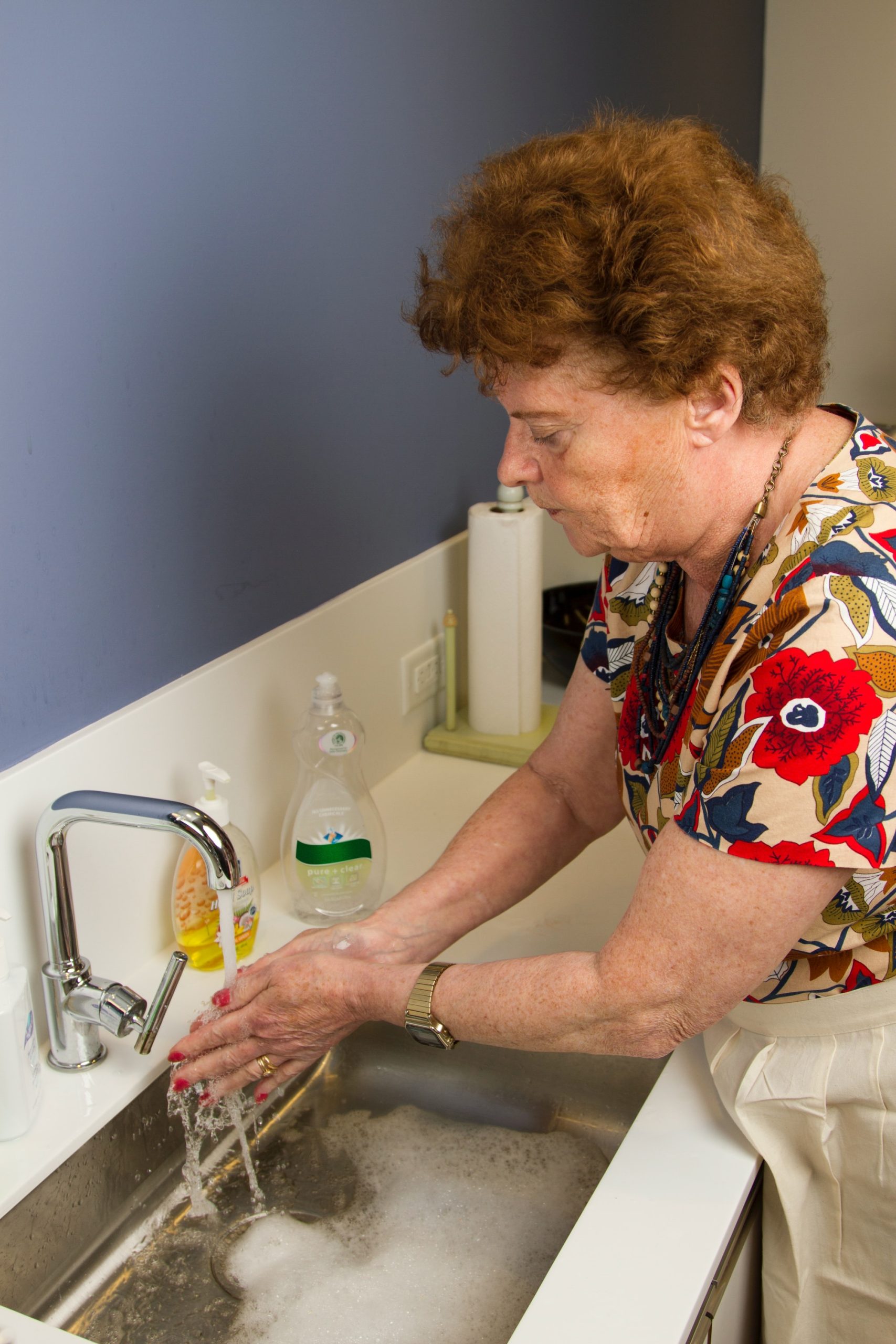Cholera is a deadly bacterial infection that has affected communities around the world for centuries. While cholera outbreaks are preventable and treatable, the disease continues to claim lives and devastate communities, especially in areas with poor sanitation and hygiene. In this article, we will explore the devastating impact of cholera on communities worldwide.
The Toll on Communities Cholera outbreaks can spread rapidly in communities with poor sanitation and hygiene, leading to significant social and economic costs. The disease primarily affects vulnerable populations, such as children, pregnant women, and the elderly. The severe diarrhea and vomiting associated with cholera can lead to dehydration, malnutrition, and death within hours if left untreated.
The economic impact of cholera is also significant, with the disease often leading to lost wages, decreased productivity, and increased healthcare costs. Communities affected by cholera outbreaks may also face stigma and discrimination, which can exacerbate the social and economic toll of the disease.
Cholera Around the World Cholera outbreaks have been reported in countries around the world, with the World Health Organization (WHO) estimating that there are 1.3 to 4 million cases of cholera each year, leading to 21,000 to 143,000 deaths. While cholera has been largely eliminated in developed countries, it remains a major public health concern in developing countries.
In recent years, countries such as Yemen, Haiti, and Zimbabwe have experienced large-scale cholera outbreaks, highlighting the ongoing need for improved sanitation and access to safe drinking water in vulnerable communities. The ongoing COVID-19 pandemic has also exacerbated the threat of cholera, with disruptions to healthcare and sanitation services making it even more challenging to contain and treat outbreaks.
Preventing Cholera Outbreaks Preventing cholera outbreaks requires a multifaceted approach that includes improving sanitation and hygiene, providing access to safe drinking water, and promoting vaccination. Effective prevention strategies include:
- Improving water and sanitation infrastructure: Providing access to safe drinking water and proper sanitation facilities is critical in preventing cholera outbreaks.
- Promoting good hygiene practices: Regular handwashing with soap and water can significantly reduce the risk of cholera infection.
- Vaccination: Vaccination can help prevent cholera infection, especially in high-risk populations.
- Rapid response and treatment: Rapid detection and treatment of cholera cases can help prevent outbreaks from spreading.
Conclusion Cholera continues to claim lives and devastate communities around the world, especially in areas with poor sanitation and hygiene. Improving access to safe drinking water, promoting good hygiene practices, and investing in vaccination programs are critical steps in preventing cholera outbreaks and reducing the social and economic toll of this deadly disease. By working together to address the underlying causes of cholera, we can create a world where communities no longer have to fear the devastating impact of this deadly disease.




